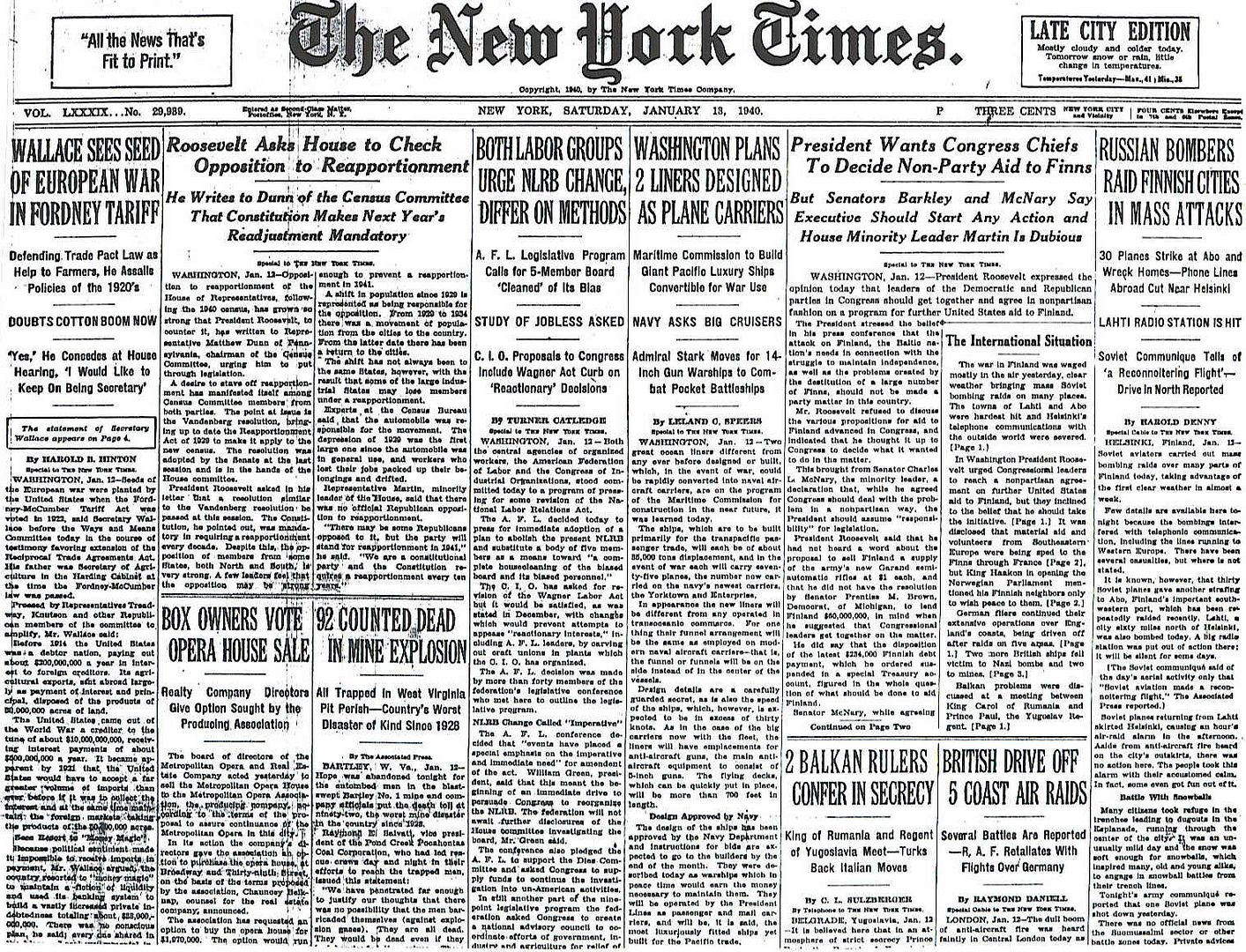
Posted on 01/13/2010 5:10:34 AM PST by Homer_J_Simpson

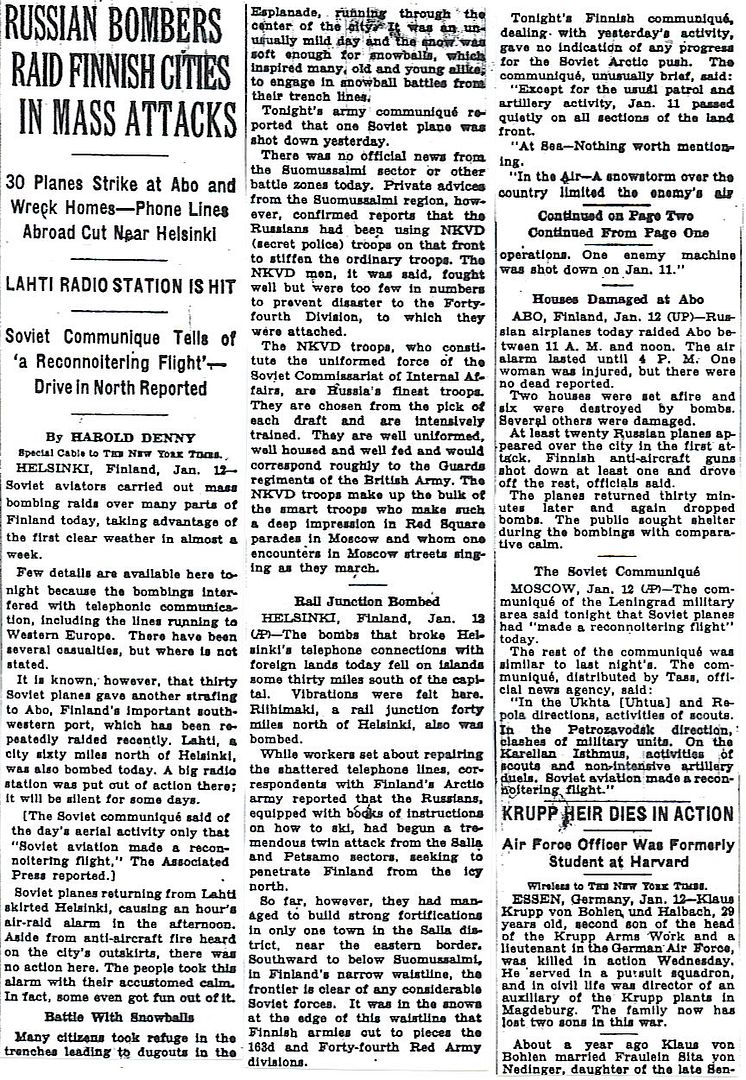
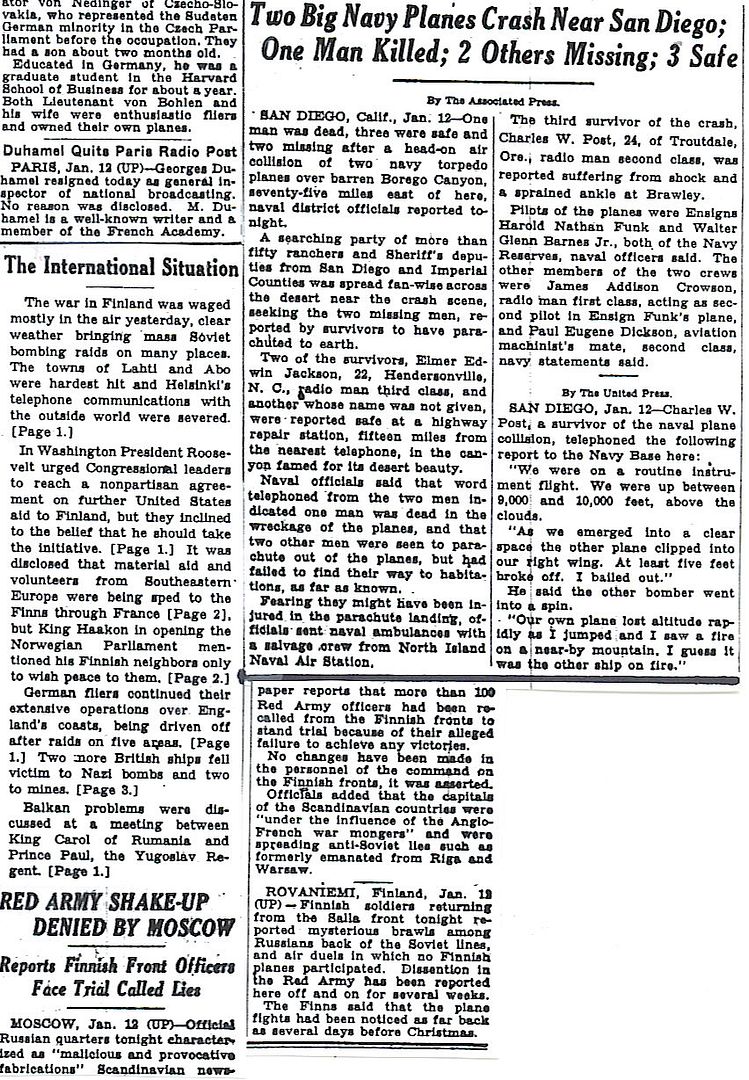
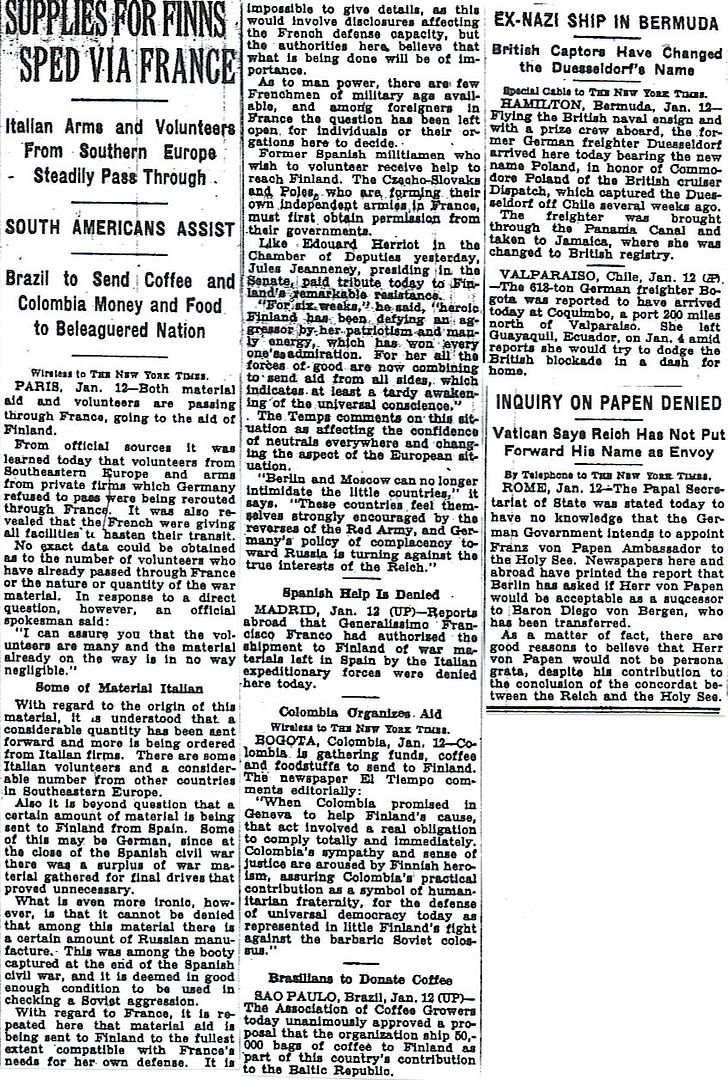
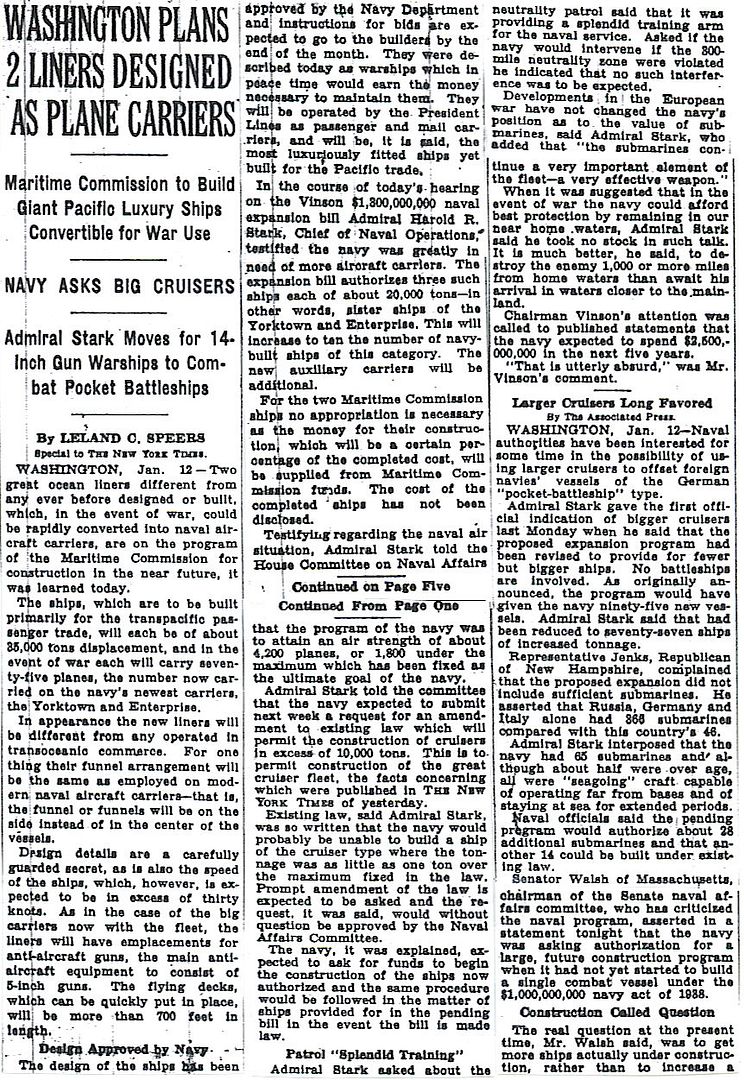
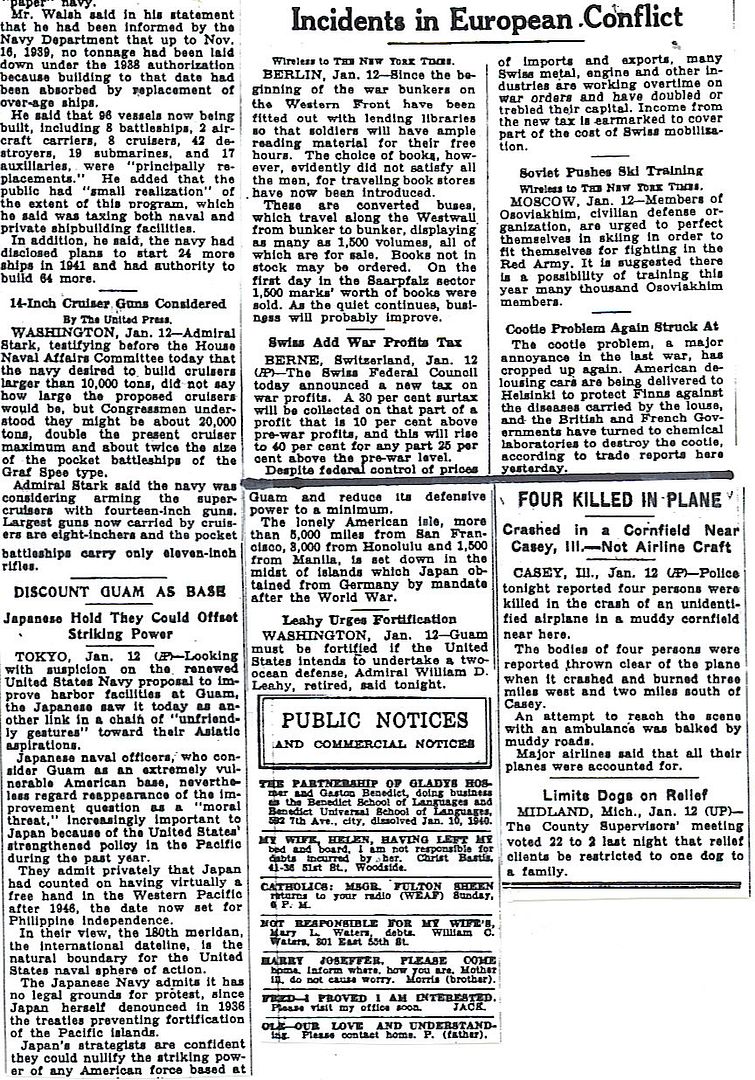
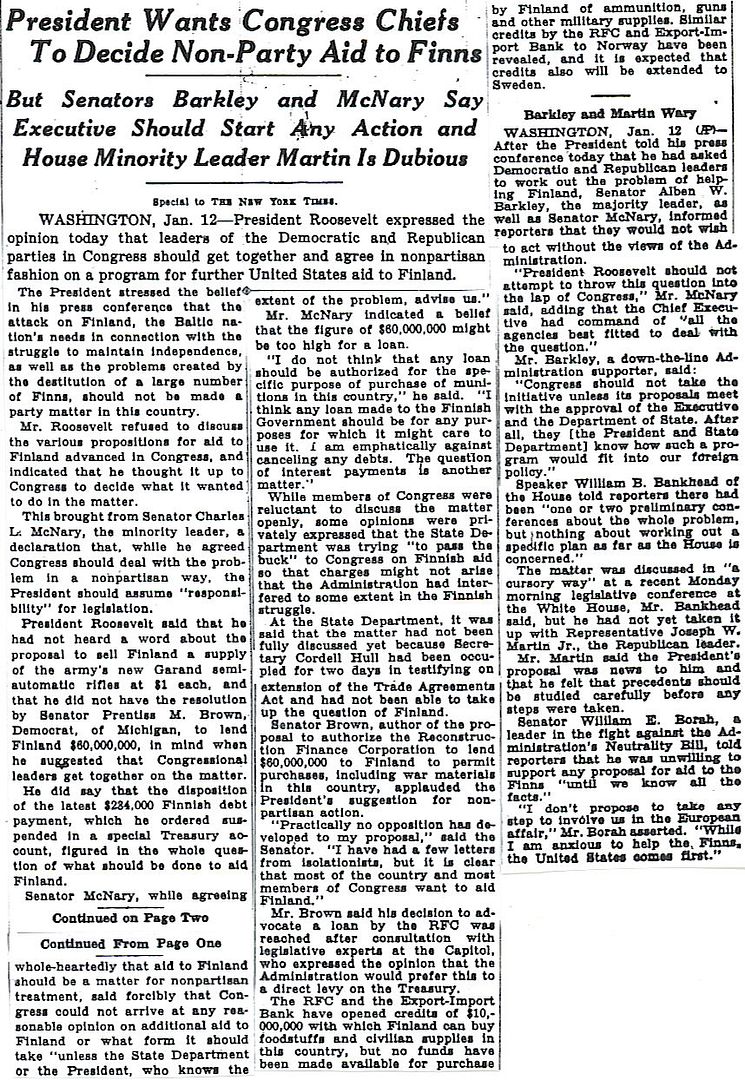
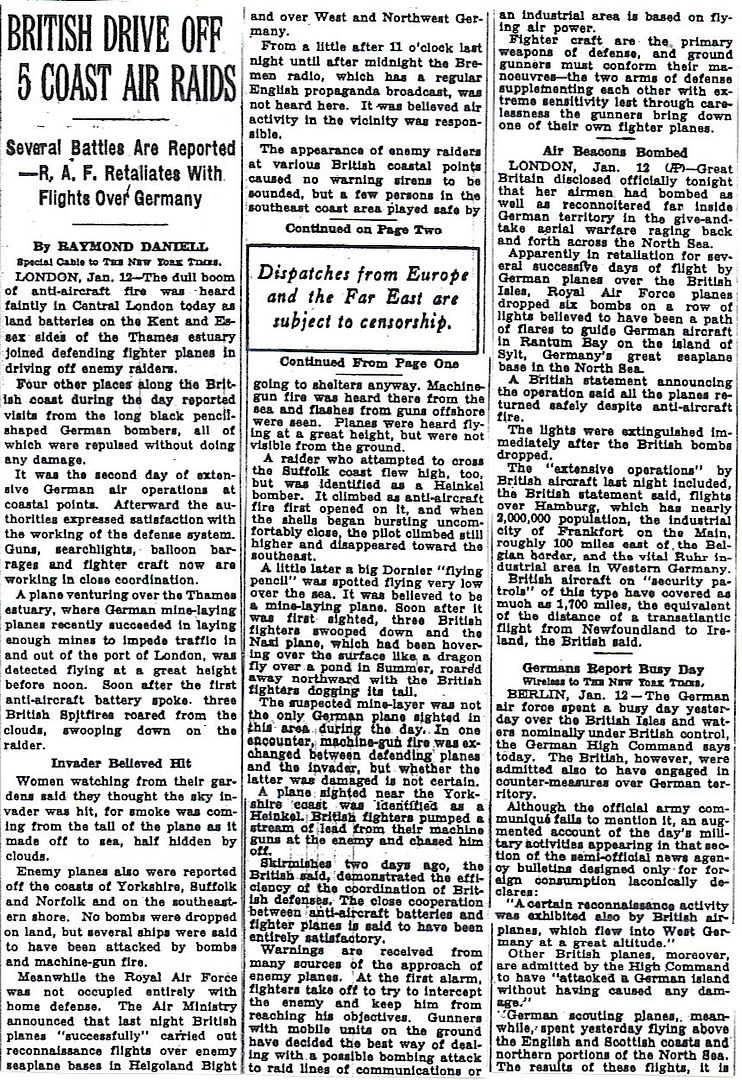
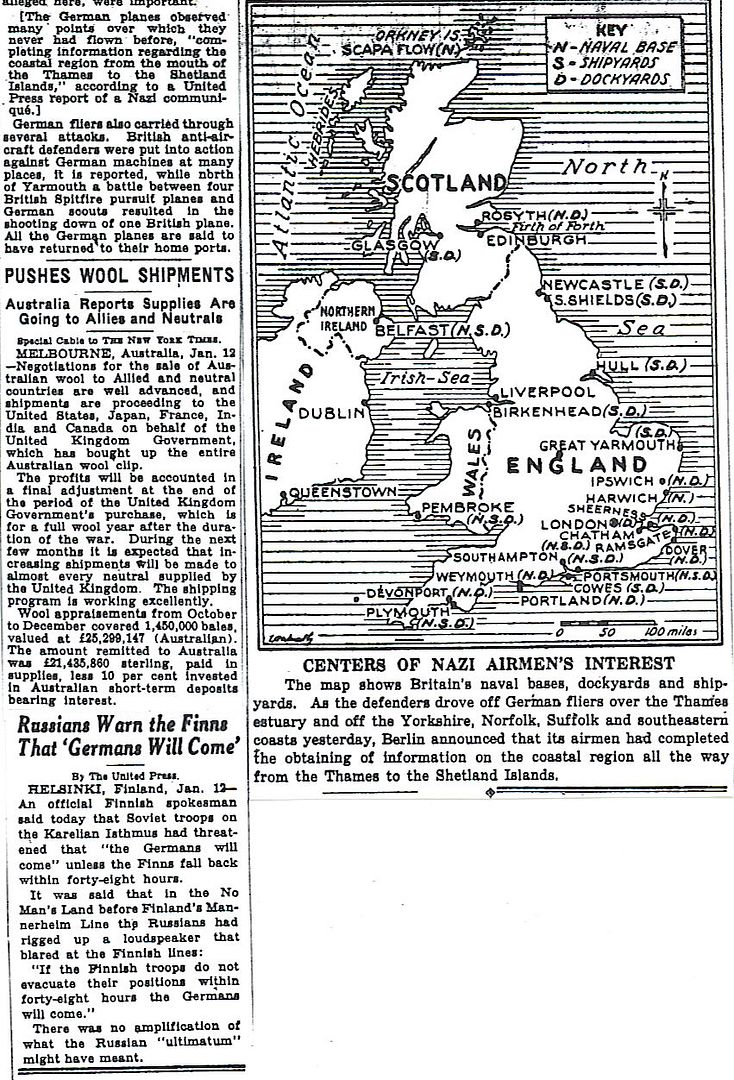
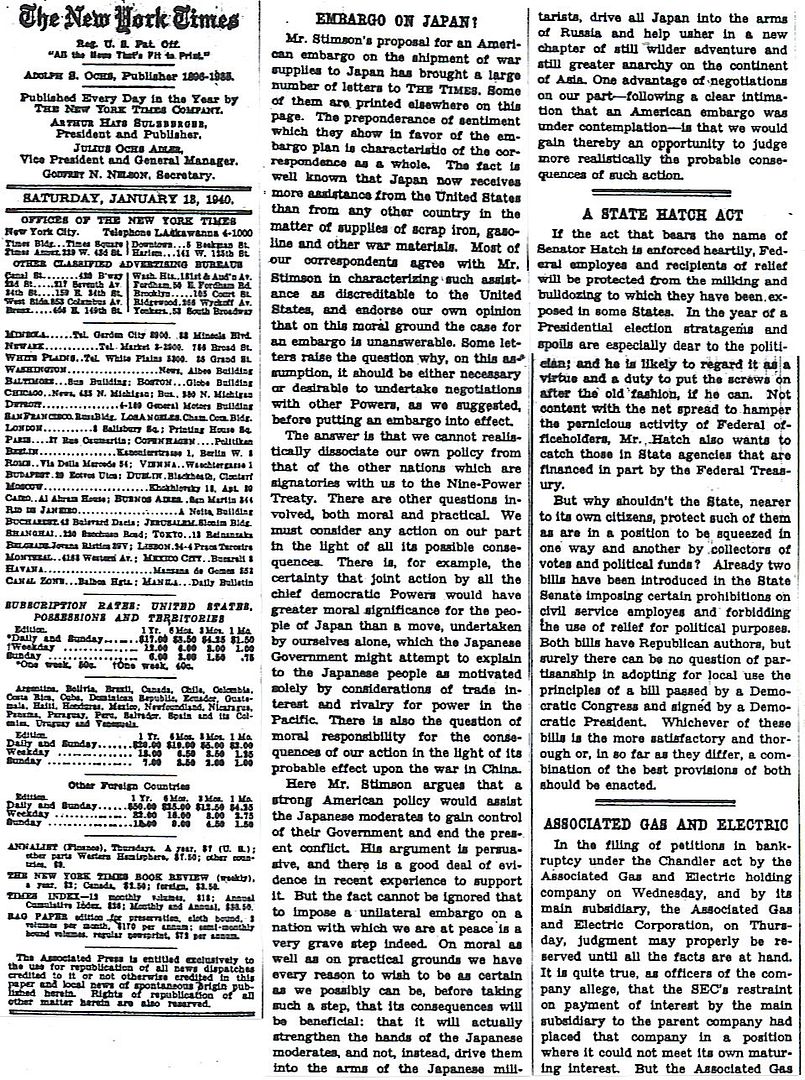
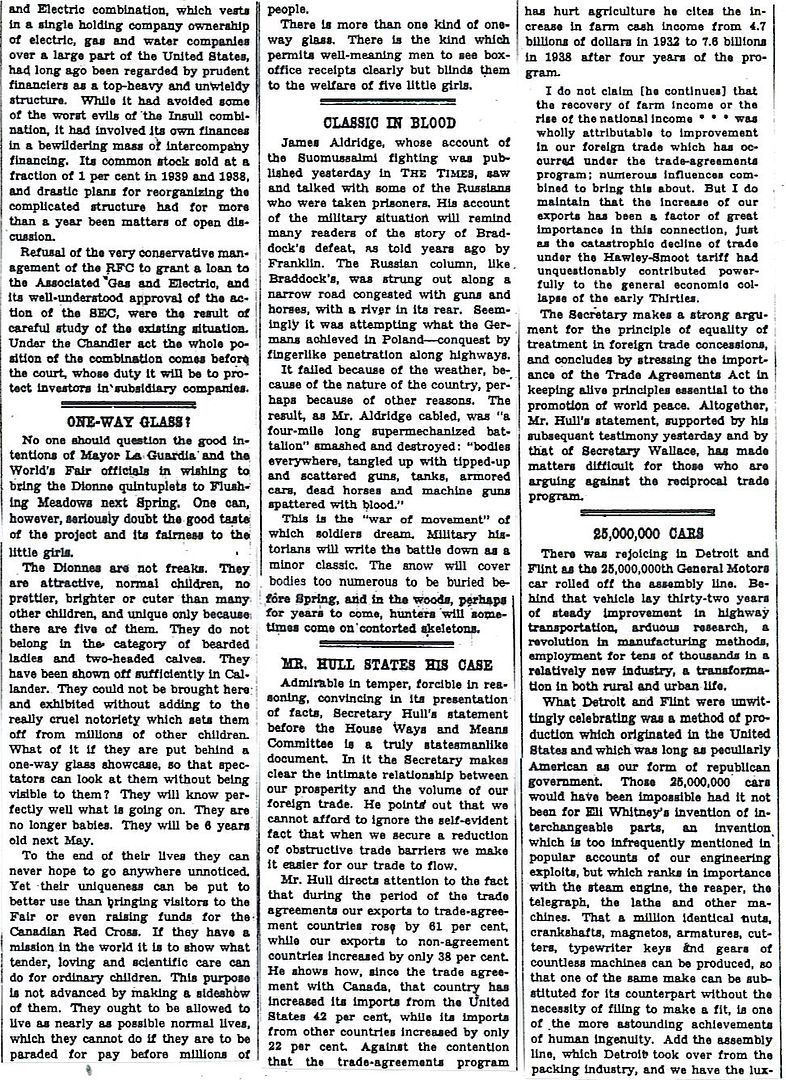
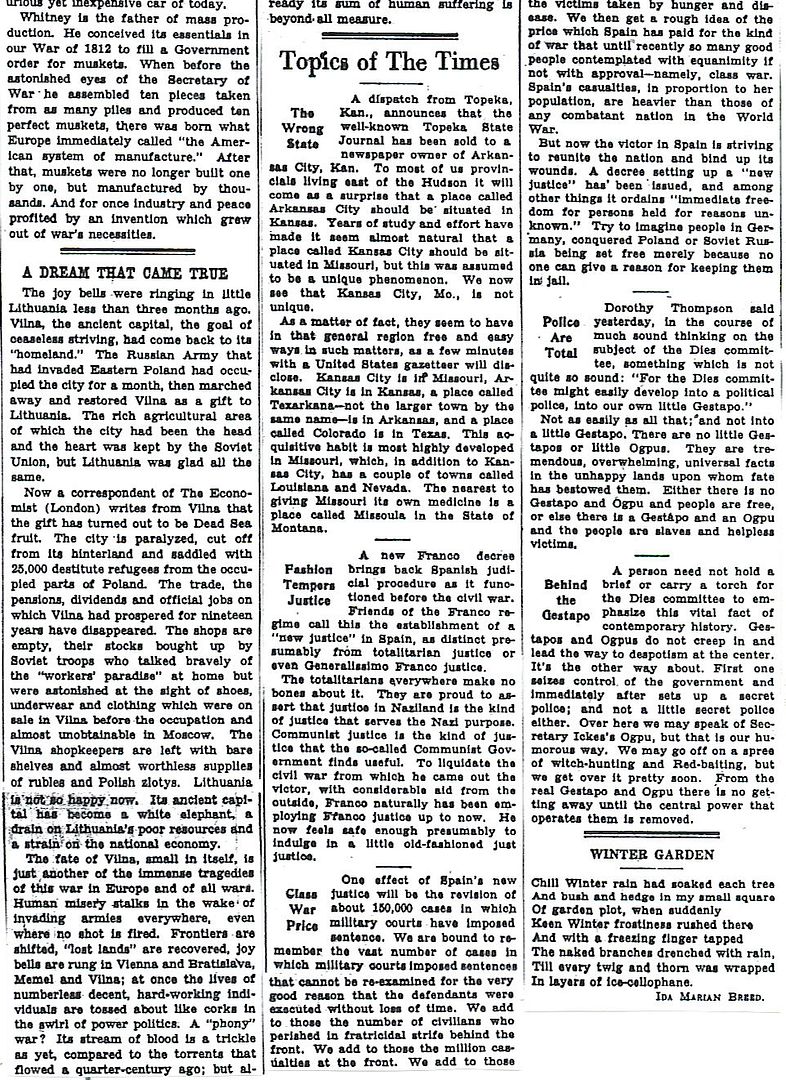
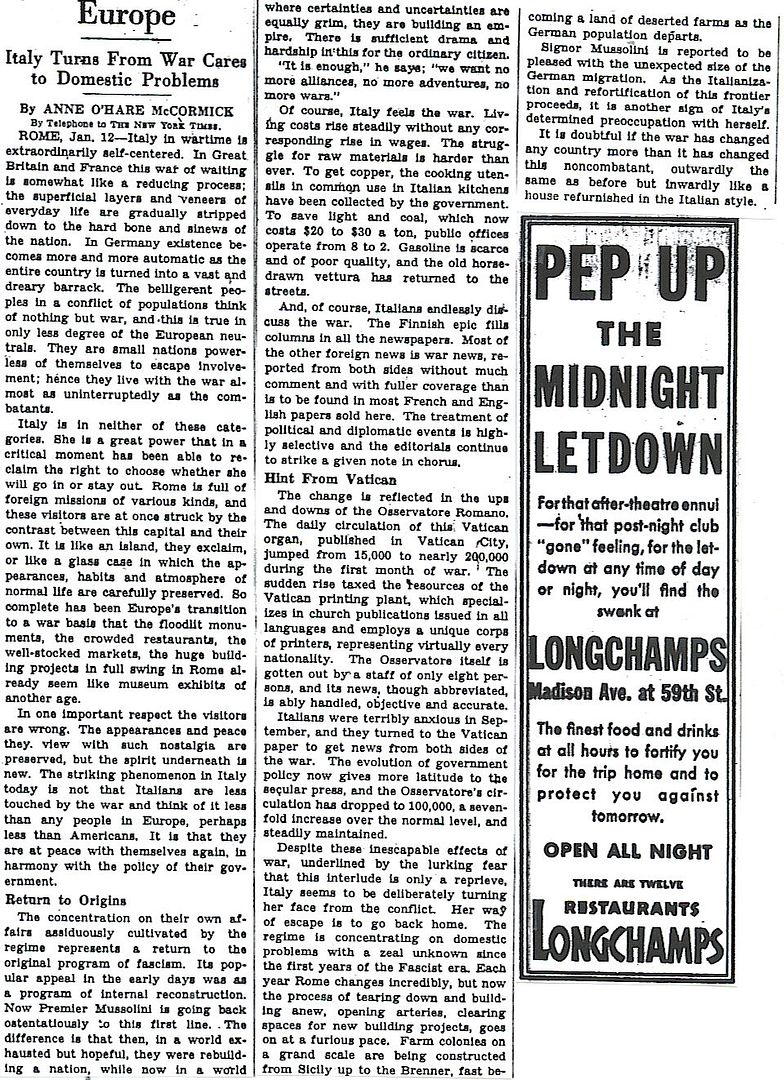
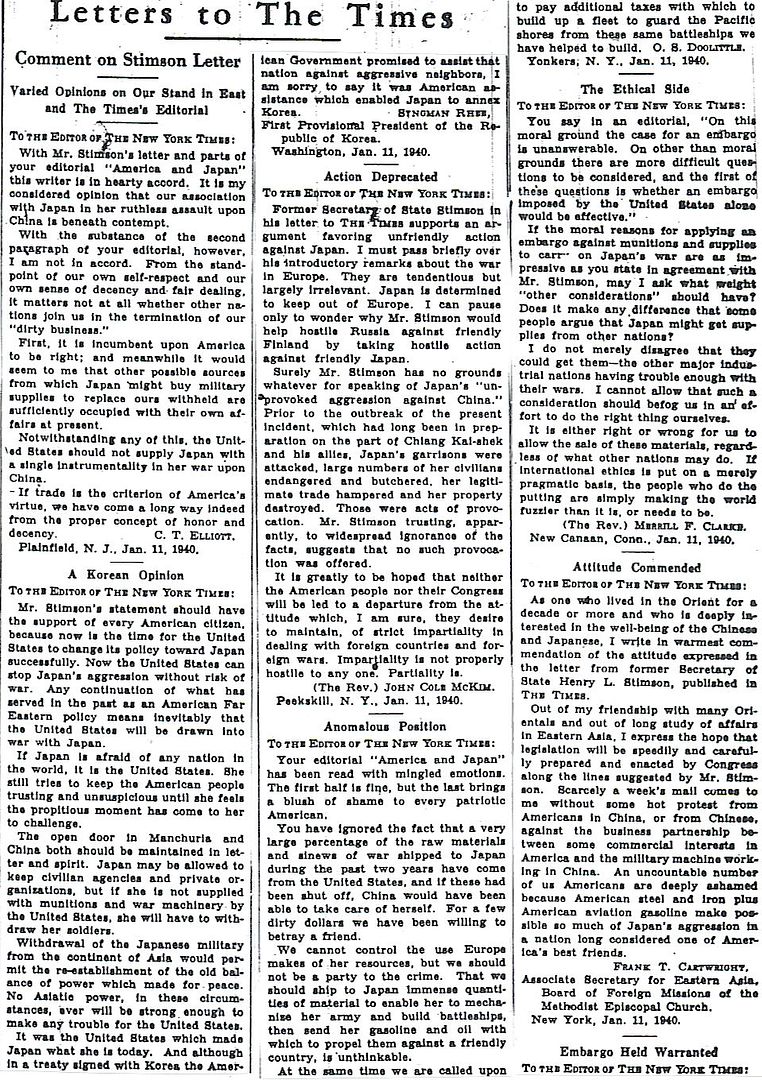
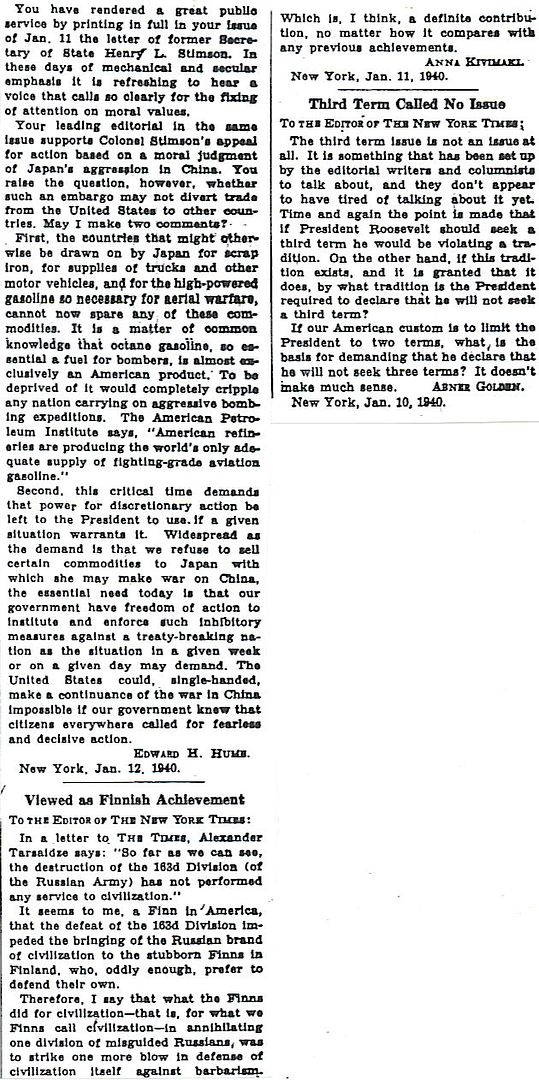
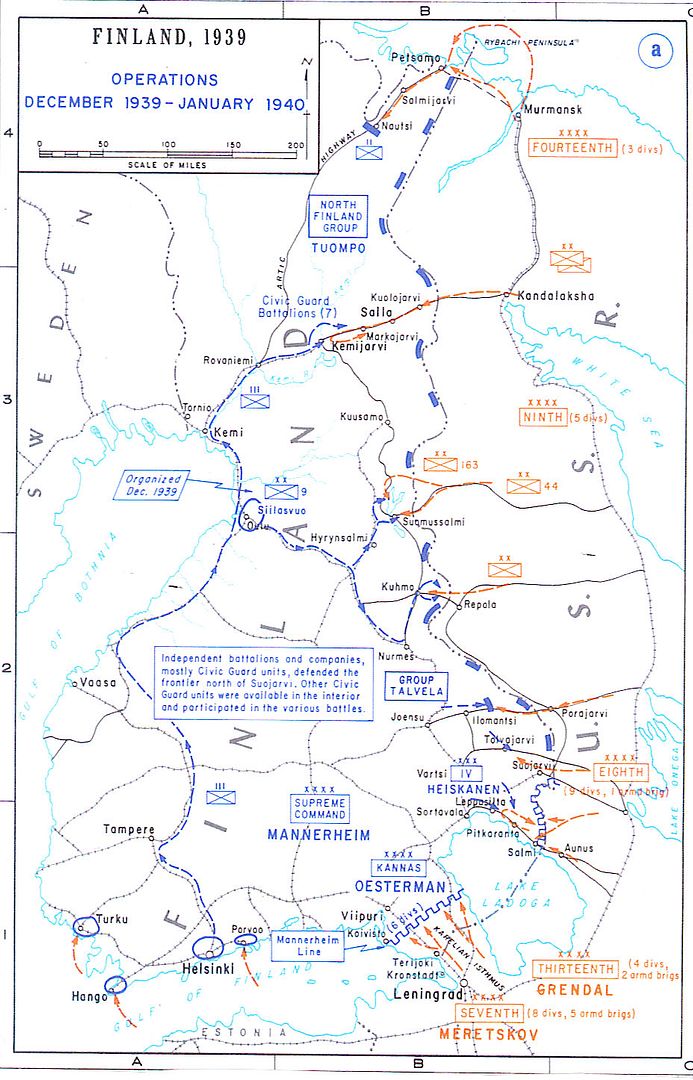
But this was whistling in the dark, as Jodl’s journal makes clear. At 1 P.M. it noted: “Order to Gen. Halder by telephone: All movements to stop.”
The same, day, the thirteenth, the German ambassador in Brussels was urgently informing Berlin of considerable Belgian troop movements “as a result of alarming reports received by the Belgian General Staff.”
Shortly before Christmas [Alfred] Rosenberg dispatched a special agent, Hans-Wilhelm Scheidt, to Norway to work with Quisling, and over the holidays the handful of officers at OKW who were in the know began working on “Study North,” as the plans were first called. In the Navy opinion was divided. Raeder was convinced that Britain intended to move into Norway in the near future. The Operations Division of the Naval War Staff disagreed, and in its confidential war diary for January 13, 1940, their differences were aired.
The Operations Division does not believe an imminent British occupation of Norway is probable . . . [It] considers, however, that an occupation of Norway by Germany, if no British action is to be feared, would be a dangerous undertaking.
The Naval War Staff therefore concluded “that the most favorable solution is definitely the maintenance of the status quo” and emphasized that this would permit the continued use of Norwegian territorial waters for the ore traffic “in perfect safety.”
William L. Shirer, The Rise and Fall of the Third Reich
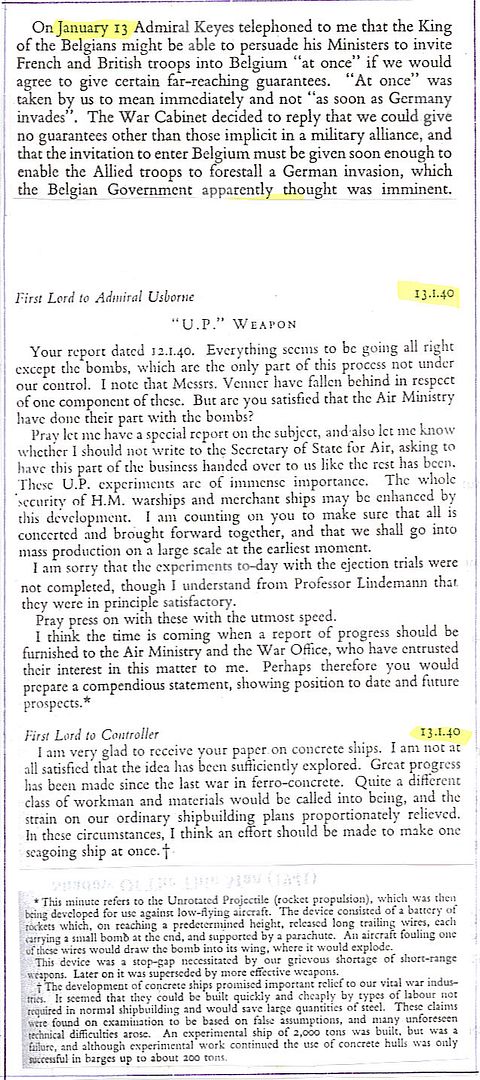
Winston S. Churchill, The Gathering Storm
Editorial Page
Embargo on Japan? – 10
A State Hatch Act – 10
Associated Gas and Electric – 10-11
One-Way Glass? – 11
Classic in Blood – 11
Mr. Hull States His Case – 11
25,000,000 Cars – 11-12
A Dream that Came True – 12
Topics of the Times – 12
Europe – 13
Letters to the Times – 14-15
thnks homer
The ocean liner aircraft carrier plan is interesting! Never came about, though.
The USN ordered one carrier in 1940, the Essex(CV-9), which would be launched in July 1942. The Yorktown(CV-10) was ordered in 1941 and launched in 1943.
I especially admired the Letter to the Editor from Anna Kivimaki re the Finnish Campaign. Such moral clarity is refreshing!
It is interesting to see how Adm. Stark is requesting funds for naval expansion at this point. We are still a half year away from “the Two Ocean Navy” Act of 1940 (which in my opinion had a lot to do with winning the war).
What is interesting is that our naval brain trust appears to be in some flux about exactly what sort of ships it will need to fight the coming war. Two things are apparent. One is that we will need more aircraft carriers, and various “stop gaps” are being considered to get them. And we were not alone, as Italy attempted to convert a passenger liner into a carrier, and the Japanese converted several merchant ships into carriers. We would eventually convert six light cruiser hulls of the Cleveland class into the CVL’s of the Independence class. They were good quick stop gaps until the Essex class began joining the fleet in large numbers in 1944.
The other issue is that we accepted that it was time to abandon the Washington Naval treaties of the early 1920’s. Stark has as much as admitted this in his request to build cruisers with more than 10,000 tons displacement, as required by the treaties. The displacement limit was a limiting factor, as heavy cruisers of WW2 needed far more protection than 10,000 tons. During the late 1930’s the Japanese built heavy cruisers of 12,000-14,000 tons. At the time Stark addressed Congress, design on our Baltimore class (14,000 tons) was already in progress.
Where the navy struggled in concept was how to deal with heavy armed surface raiders such as Graf Spee. There was concern that the Japanese were building similar ships. Our eventual answer was the Alaska class. Called “Large Cruisers” they carried the designation “BC” and were in fact battlecruisers with 27,000 ton displacement and 12” guns.
It turned out we really didn’t need the Alaskas, but we built them anyway. While other nations had limited naval construction programs and built only what they absolutely had to have, we were more or less able to build whatever we wanted. And for one simple reason: because we could.
“Red Army Shakeup Denied by Moscow.”
The Swedes were on to something when they said the Soviets had recalled a number of high-level commanders. But you didn’t have to be James Bond to figure out that there were going to be problems for the first set of commanders the Red Army used in Finland.
It’s pretty clear to the world that the Finns stoned the Russians at this point. It’s also no surprise because most of the world knew of the purges, and it looks like the new officers don’t know their jobs.
I’m waiting to see the announcement that Voroshilov has been canned and Timoshenko has been given operational command. He will use a different strategy to defeat the Finns.
I think the mentality in the War Department of a two ocean navy really took flight when there was the call to revise the Rainbow plans in October of 1939. It just hasn’t become policy yet. I agree though that the decision to have a two ocean navy played a large roll in winning the war. It started the ramp up of tremendous ship construction well before the U.S. was officially at war. Not only did that help offset the losses in the Pacific when at one point we were actually down to just one operation aircraft carrier, but it also helped in that there was a tremendous surge of construction of the support ships that were vital to the war effort.

In Lahti, the radio transmitter is damaged in the bombing.
Photo: SA-KUVA
Finnish troops surround the enemy at Kitelä
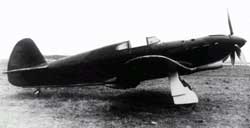
Country Russia
Manufacturer A.S. Yakovlev Design Bureau JSC
Primary Role Fighter
Maiden Flight 13 January 1940
Contributor: C. Peter Chen
The Yak-1 fighters first flew on 13 Jan 1940. Almost failing government approval due to overheating problems, they nevertheless entered production a month later on 19 Feb 1940, possibly due to Alexander Sergeevich Yakovlev's favored status with Joseph Stalin. Over 20,000 changes of various degrees were made to the blueprint in the first three years of production, complicating the manufacturing process that was already plagued by a shortage of engines and other parts. As a result, different batches of Yak-1 fighters often used different parts, making service difficult. Additionally, the plywood wings often damaged from weather, and these aircraft were notoriously known for the lack of safety for pilots. Nevertheless, they performed well in combat situations, particularly with a tight turning radius, making them well-liked in the Russian military.
The war's only two female aces, Katya Budanova and Lydia Litvyak, both piloted Yak-1 fighters.
Source: Wikipedia.
SPECIFICATIONS
Yak-1b
Machinery One Klimov M-105PF V-12 liquid-cooled engine rated at 1,180hp
Armament 1x20mm ShVAK cannon, 1x12.7mm Berezin UBS machine gun
Span 9.99 m
Length 8.50 m
Wing Area 17.20 m²
Weight, Empty 2,394 kg
Weight, Loaded 2,883 kg
Speed, Maximum 592 km/h
Rate of Climb 9.99 m/s
Service Ceiling 10,050 m
Range, Normal 700 km
Very good points.
See pp 3 & 5.
Let me know what you think of my pinging to the World War II Plus 70 Years threads.
Click on pic for past Navair pings.
Post or FReepmail me if you wish to be enlisted in or discharged from the Navair Pinglist.
The only requirement for inclusion in the Navair Pinglist is an interest in Naval Aviation.
This is a medium to low volume pinglist.
http://www.onwar.com/chrono/1940/jan40/f13jan40.htm
In the Netherlands... A “a state of readiness” is ordered in anticipation of an invasion from Germany. All army leave is cancelled.
In Belgium... A “a state of readiness” is ordered in anticipation of an invasion from Germany. The armed forces are mobilized.
In Germany... Forecasts of poor weather force Hitler to postpone the western offensive to January20th. Meanwhile a fall in the size of the German male workforce is causing the regime to reconsider the Nazi doctrine, fostered since 1933, that a woman’s place is firmly at home. The idea of employing more women is opposed by senior Nazi Party leaders.
In Paris... A Franco-Spanish Trade Agreement is signed. Spain is to receive French wheat, fertilizers and manufactured goods in exchange for iron ore and other minerals.
In Norway... Increasing in defense expenditures produces the largest government budget in Norwegian history.
Disclaimer: Opinions posted on Free Republic are those of the individual posters and do not necessarily represent the opinion of Free Republic or its management. All materials posted herein are protected by copyright law and the exemption for fair use of copyrighted works.